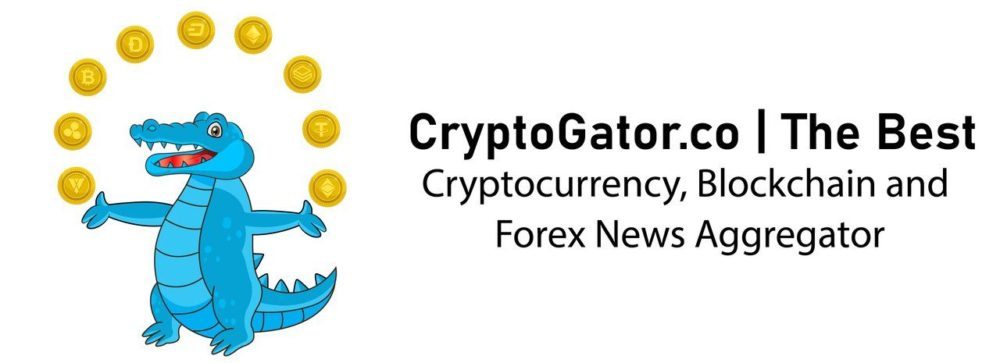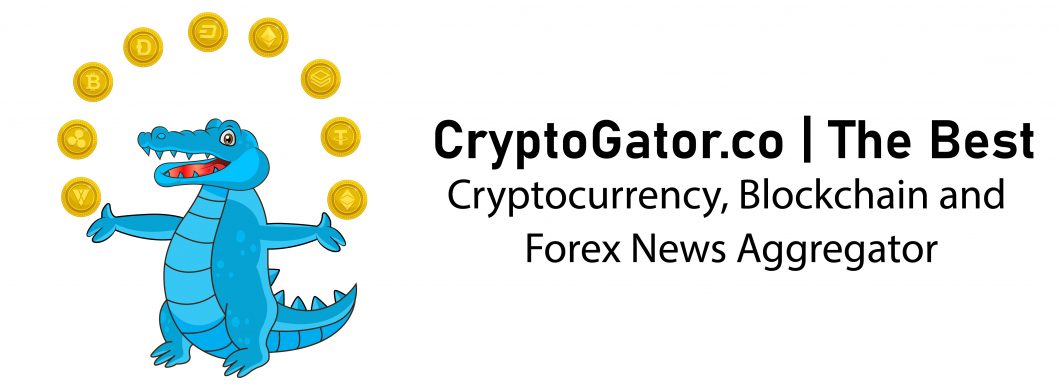The post Stablecoins No More Stable: After USDC Depeg, Is Tether’s USDT in Trouble? appeared first on Coinpedia Fintech News
The collapse of Silicon Valley Bank (SVB) has caused worry in the crypto industry, especially for investors who use stablecoins like USDC and USDT. Let’s see how this affects these stablecoins.
USDC and SVB
Circle, the company behind USDC, had $3.3 billion or 8% of its reserves at Silicon Valley Bank (SVB) before its collapse. Now, Circle is facing a high number of people withdrawing their funds, causing the value of USDC to decrease. As a result, some exchanges like Coinbase and Binance have suspended certain transactions involving USDC.
However, Circle still has access to other banking partners and most of its USDC reserves are invested in short-term US treasuries and US banks. Despite these challenges, Circle is actively working to maintain the stability of USDC.
USDT and the Financial Sector
Tether’s USDT stablecoin also faces concerns about exposure to the financial sector. With the collapse of banks like Silvergate Capital, investors are concerned about the stability of USDT and other stablecoins that are usually backed by fiat currencies held in these banks.
USDT was originally created as a way to allow cryptocurrency traders to use a stable asset for trading and arbitrage purposes, without the need to convert back and forth between cryptocurrencies and fiat currencies like the US dollar.
USDT is audited by BDO, one of the biggest audit companies, and its financial statements show that most of its reserves are in cash and cash equivalents, including US Treasury bills, money market funds, and cash in banks. The latter represents about 9.66% or about $6.8 billion of Tether’s reserves, which can cover significant outflows.
Stablecoin Safety Measures
Both Circle and Tether have taken measures to ensure the safety of their stablecoins. Circle’s cash reserves are stored at the Bank of New York Mellon, the biggest custody bank in the world, while Tether’s reserves are held in a variety of cash equivalents.
Stablecoin investors and companies must stay vigilant and ensure they have robust risk management strategies in place to mitigate potential shocks or disruptions. The stability of the crypto industry is closely tied to the health of the traditional banking system, and as crypto continues to grow and mature, it is essential to prepare for potential risks and take steps to minimize them.



